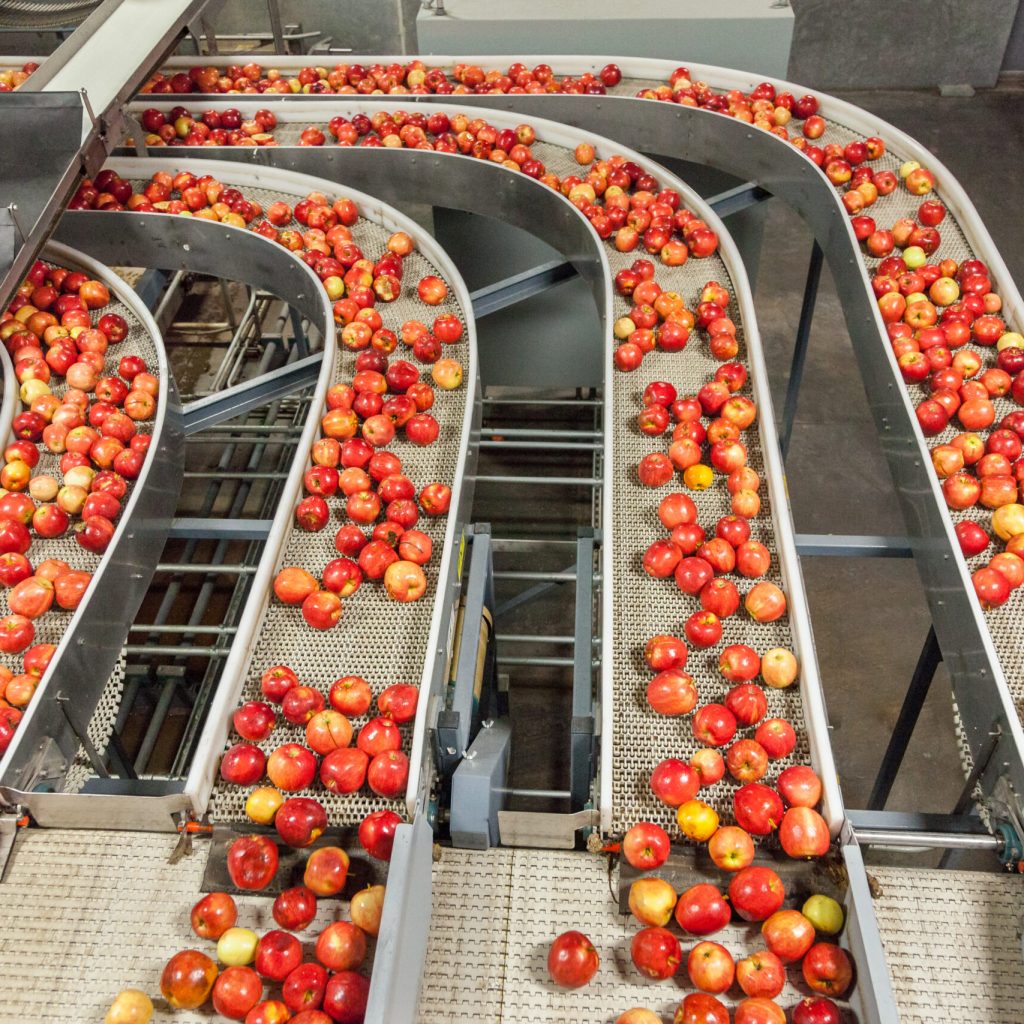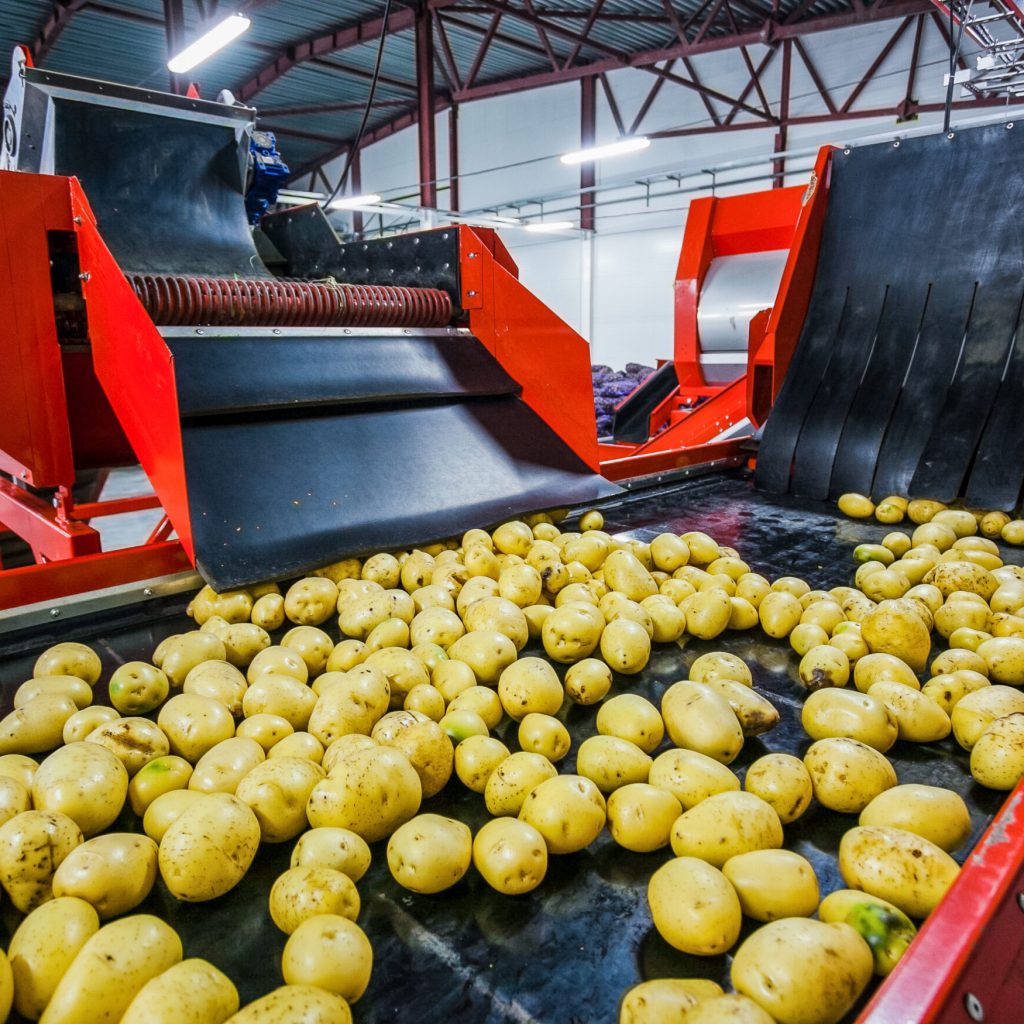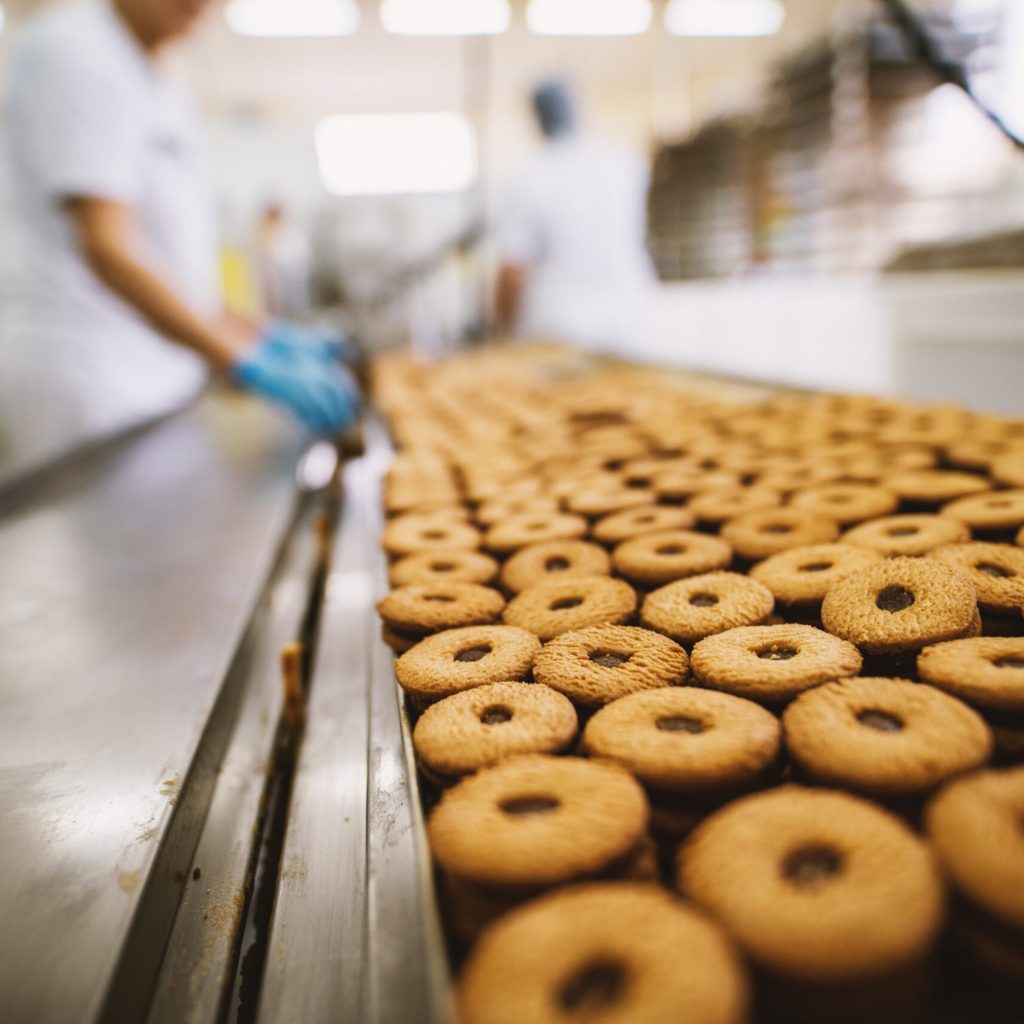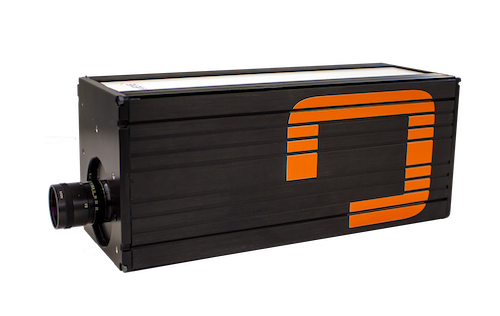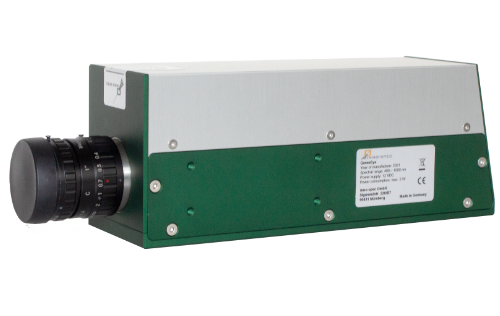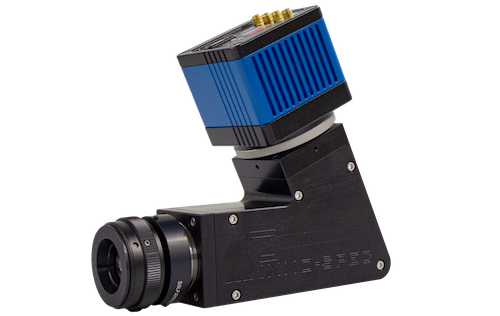Hyperspectral Imaging
in the food and beverage Industry
For safe supply from the field to the consumer
Simple and efficient quality monitoring with HSI
Our range of groceries has never been as wide as it is today: Mechanical cultivation and harvesting methods, global transportation and supply chains, and the increase in highly processed foods have lastingly changed our eating habits. At the same time, they present new challenges for producers, packers and logistics with respect to quality assurance. Where visual inspection reaches its limits, quality control has been carried out for years using camera-based measurement systems. In the meantime, HSI systems are increasingly used: They provide valuable additional information that normal cameras cannot see. For example, they can track down foreign bodies, measure the composition of ingredients, or find spoiled items.
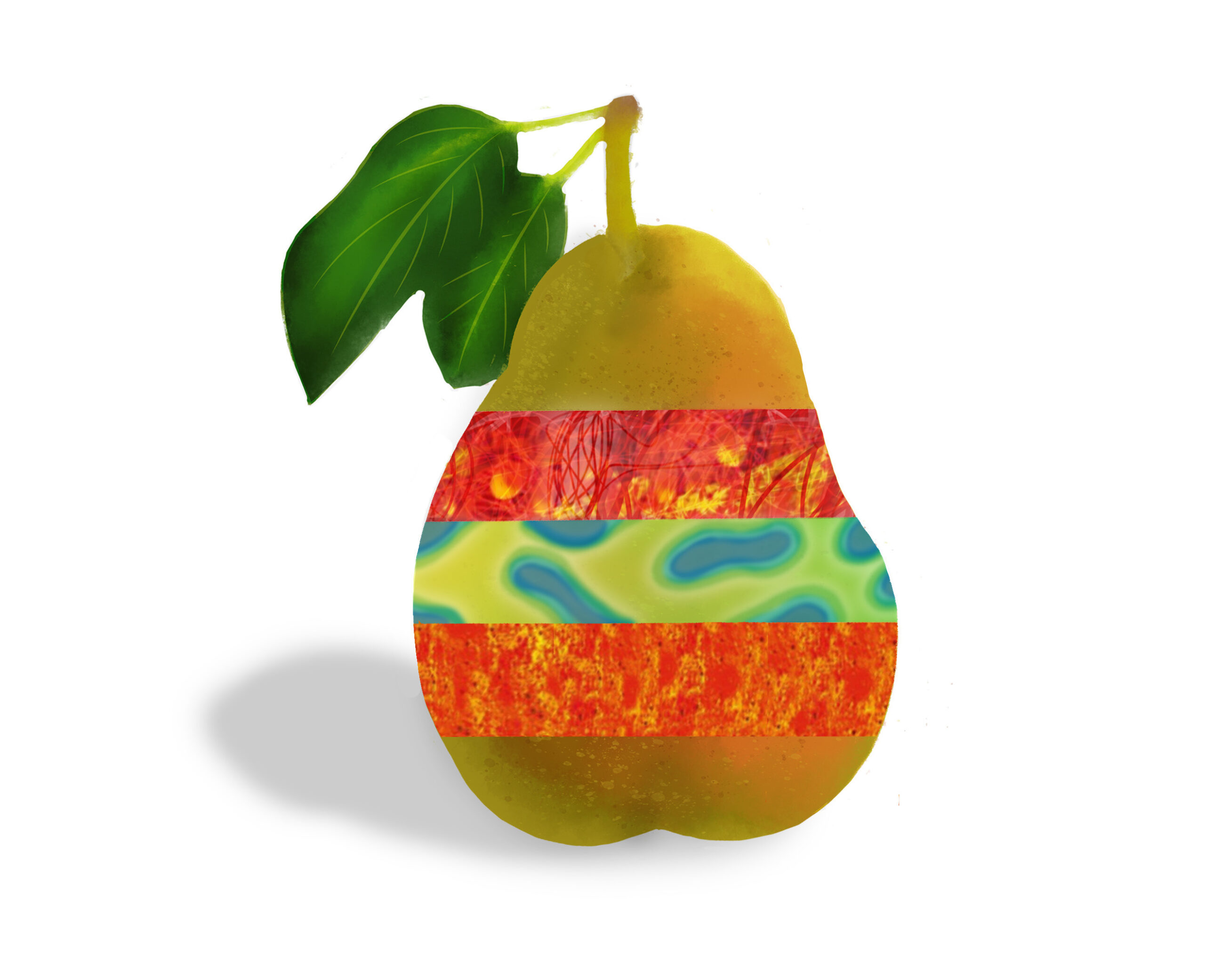
Examples of applications in the food industry
Quality control of natural products
Natural products such as fruits, vegetables, legumes or nuts are often divided into quality levels before they are released for sale. In addition to the ingredients, size or shape also serve as criteria. Parameters that can be measured quickly and automatically with HSI. At the same time, the HSI is used to determine the degree of ripeness of fruits or to track down damaged or spoiled produce. This is particularly important for transport, as spoiled products can make entire packaging units unusable. Sorting the affected goods early reduces food waste, unnecessary transport routes and energy consumption. For classification of quality according to optical criteria, technologies are available which capture not only HSI information but also color data – for example the combination of the RedEye adapter and ColEx.
Detection of foreign substances
Whether pebbles, nut shells or plastic parts that enter during harvesting or transport: Foreign substances have no place in food. They must be removed before processing or sale so that the end products meet the highest quality standards. Since there are usually significant material differences between food and foreign substances, HSI is perfect for this: HSI cameras can quickly and automatically detect foreign objects. At the same time, they can also measure other parameters, for example ingredients as well as optical and morphological properties.
Quality control of processed foods
Unlike pure natural products, processed foods such as baked goods, confectionery or snacks are not subject to natural changes. They are produced according to strict specifications and the products must consistently meet clearly defined quality criteria. Where laboratory analyses were previously necessary to determine ingredients and quality, HSI cameras are now often used: Raw materials and intermediate stages of the product can thus be checked directly during processing. This speeds up the processes and enables a more precise analysis of individual process parameters. In addition to ingredients, HSI systems also measure optical and morphological criteria, e.g. degrees of browning in baked goods or surface textures.


